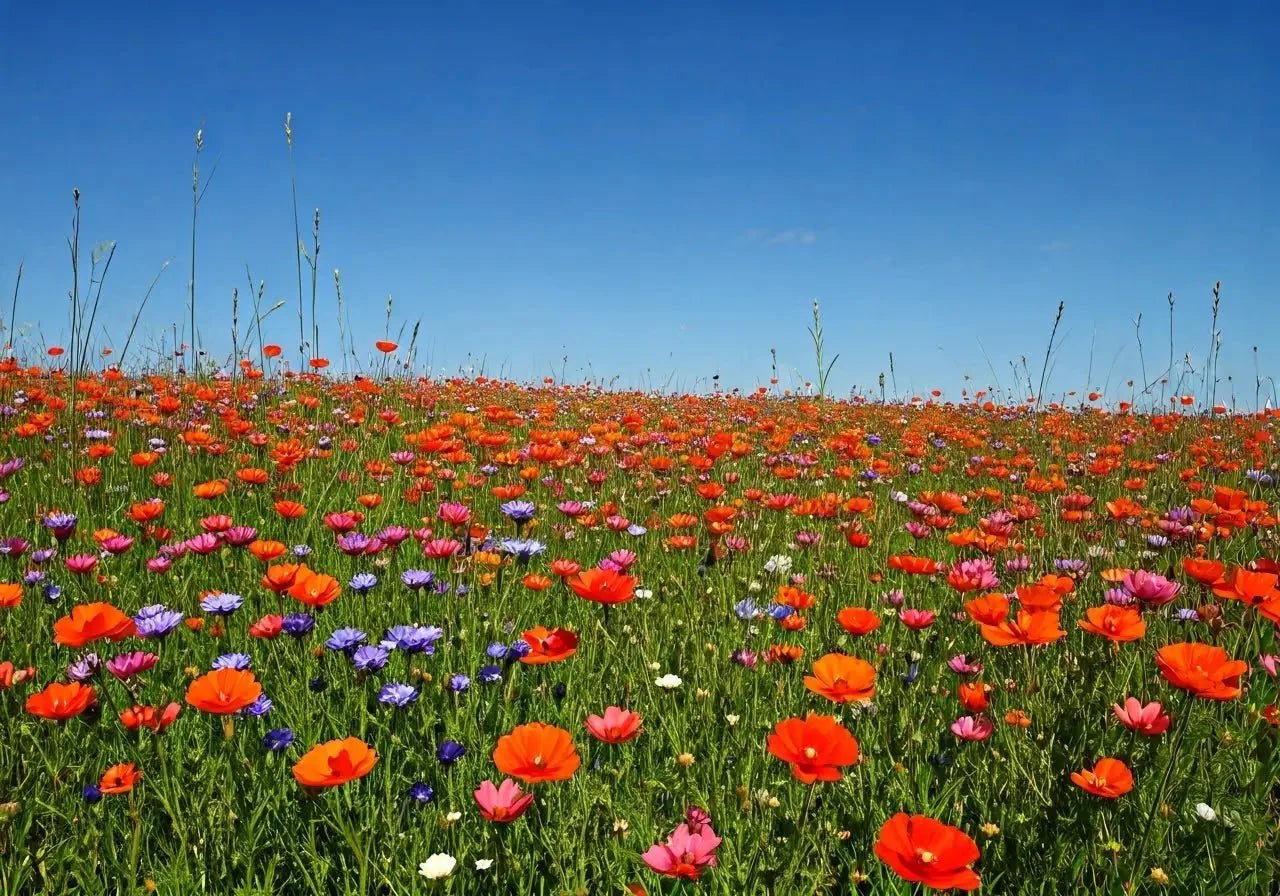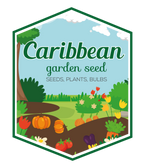
Unlocking the Secrets of Successful Wildflower Seeds Planting
Planting wildflower seeds can transform any garden into a vibrant tapestry of colors while providing essential support to local ecosystems. However, ensuring their successful growth requires a bit of knowledge and preparation. In this blog, we’ll explore the secrets to planting wildflower seeds that will thrive and delight.
Understanding Wildflower Seed Varieties
Before you begin planting, it’s important to understand the different varieties of wildflower seeds. Some thrive in full sunlight, while others prefer shaded areas. Researching the types of wildflowers native to your region can maximize your planting success. Often, native varieties are more resilient and can help support local wildlife. They adapt more easily to the soil conditions and climate, reducing the need for additional care and resources.
To further enrich your understanding, consider the specific attributes of the wildflower seeds you’re interested in. Certain species, such as the vibrant Cardinal Climber, are known for their ease of growth and ability to attract pollinators like hummingbirds Buy CARDINAL CLIMBER at Caribbean garden seed. These pollinators play a crucial role in the ecosystem, ensuring that other plants in your garden also thrive.
Preparing the Soil for Wildflower Seeds
The foundation of any beautiful wildflower garden is healthy soil. Preparing your soil effectively involves several steps. Initially, you should remove any existing weeds, as they compete with your seeds for essential nutrients and water. Consider using a natural mulch or organic material to enrich the soil, which can significantly boost the growth of your wildflower seeds. Ensuring that the soil is loose and well-drained can protect the seeds from rot and establish a solid base for root development.
In certain circumstances, soil pH adjustment may be necessary. You can conduct a simple test to determine the current pH level of your soil and adjust it using lime or sulfur to reach the ideal range for your chosen wildflower varieties. Taking these initial steps helps set the stage for successful planting and vibrant blooms throughout the growing season.
Choosing the Right Time to Plant
Timing can make a big difference in the success of your wildflower planting. Typically, the best periods to plant are early spring or late fall when the soil is cooler, and rainfall is more consistent. These conditions are perfect for the germination process, allowing your seeds to establish a robust root system before the hot days of summer. For some seeds, planting right before the winter allows nature to stratify them, leading to a stronger growth cycle.
It’s crucial to avoid planting during extreme weather conditions, whether too hot or too cold, as this can stress the seeds and reduce germination rates. Regional climate considerations should guide your decisions, as plants adapted to local weather patterns often perform the best. Checking long-range weather forecasts can further assist you in selecting the optimal planting window, ensuring that your wildflower seeds will benefit from nature’s cycles.
Techniques for Sowing Wildflower Seeds
Explore effective sowing techniques that accommodate different seed sizes and types, ensuring success in your gardening endeavors. One popular method is broadcast seeding, particularly effective for covering large areas with ease. By evenly spreading seeds by hand or using a spreader, you ensure an ample distribution, which can be further supported by adding a carrier material such as sand How to Sow Wildflower Seeds.
For seeding large expanses, drill seeding offers precision, especially useful on terrain that’s hard to manage by hand. This method involves sowing seeds in tidy rows, enhancing contact with soil, and reducing waste. No-till drills are especially beneficial as they require minimal soil disturbance, which is ideal for the conservation-minded gardener.
Hydroseeding is another innovative technique, perfect for tricky landscapes like slopes or rocky areas. This method involves a slurry of seed and mulch aiding adhesion to the soil, offering protection and nutrient retention. This approach is invaluable in preventing erosion while ensuring seeds have the ideal conditions for germination.
Caring for Your Wildflower Garden
Once your wildflowers start growing, they require care and attention. A regular watering schedule, especially in the early stages, supports their development. Ensure not to overwater, as this can lead to root rot. As your garden matures, consider reducing the frequency of watering, allowing the plants to develop natural resilience.
In addition to watering, nurturing your wildflower garden involves monitoring for pests. Natural solutions, like introducing beneficial insects such as ladybugs, can help maintain a healthy balance and minimize damage from unwanted pests. Avoid excessive use of fertilizers, as wildflowers generally thrive on the nutrients available in well-prepared soil.
Understanding the nutritional needs of your wildflowers is just as critical. Occasionally, a layer of organic compost can be applied to replenish nutrients. This practice sustains their health and vitality, providing your garden with robust blooms season after season.
Embrace Nature’s Beauty in Your Garden
Planting wildflower seeds is an enriching experience that not only beautifies your garden but also supports biodiversity. With these tips, you can create a flourishing wildflower haven that you and nature will enjoy.

![[Seeds] - Caribbeangardenseed](http://caribbeangardenseed.com/cdn/shop/files/gift-card-gift-card-1_1024x1024_dfa857db-9150-4315-a362-7f0bb3fb9c47_60x28.png?v=1722895789)
